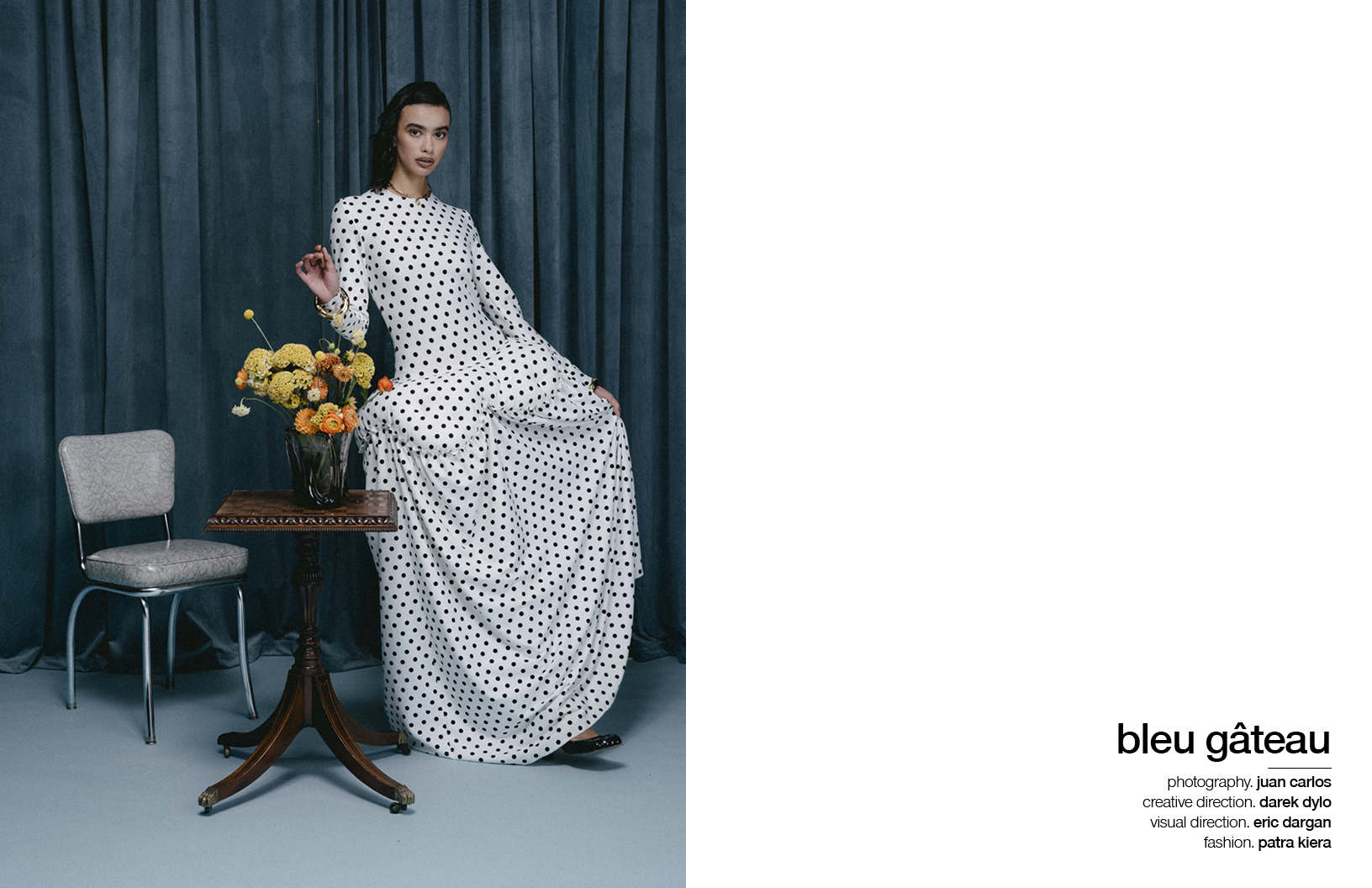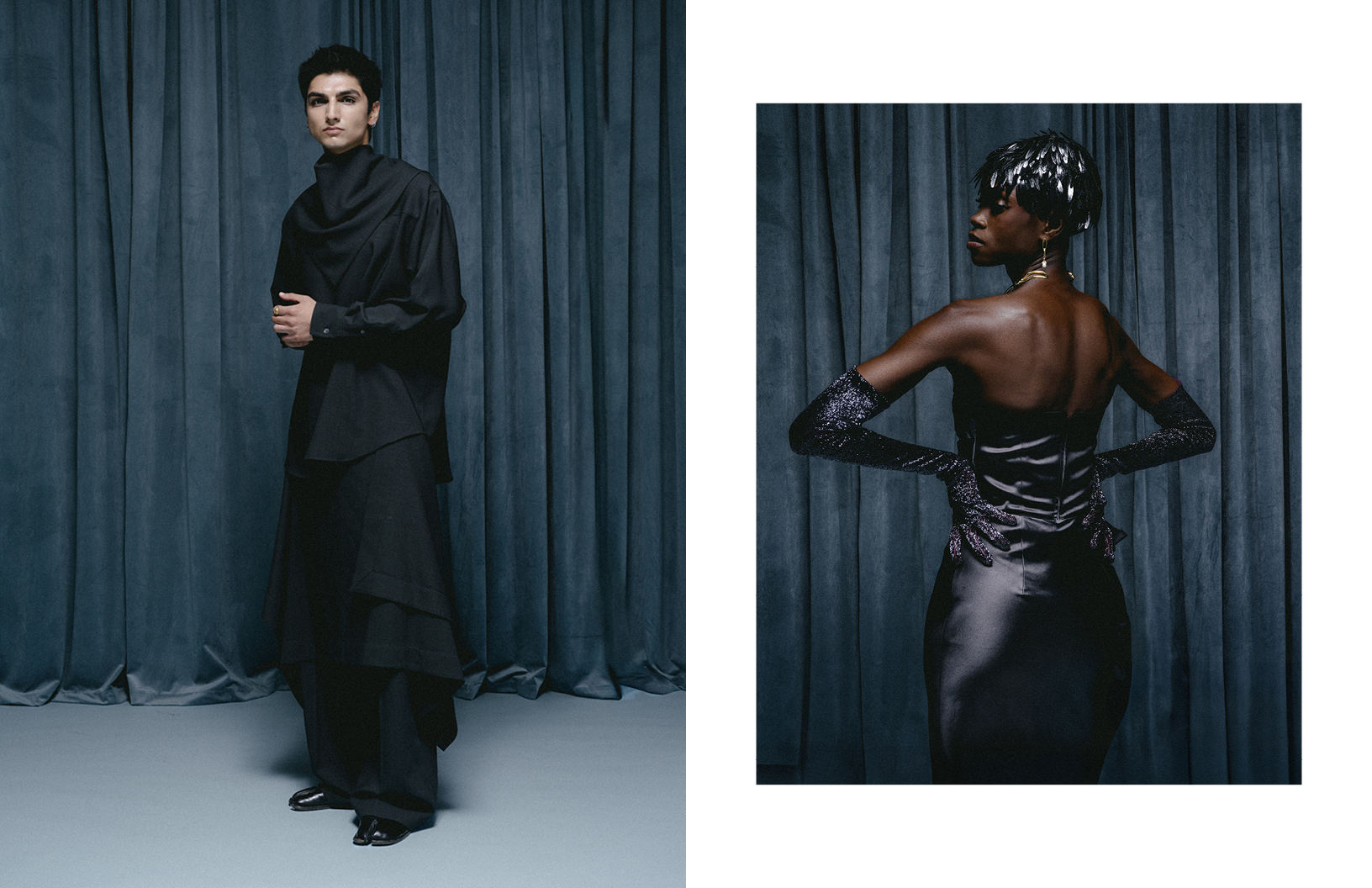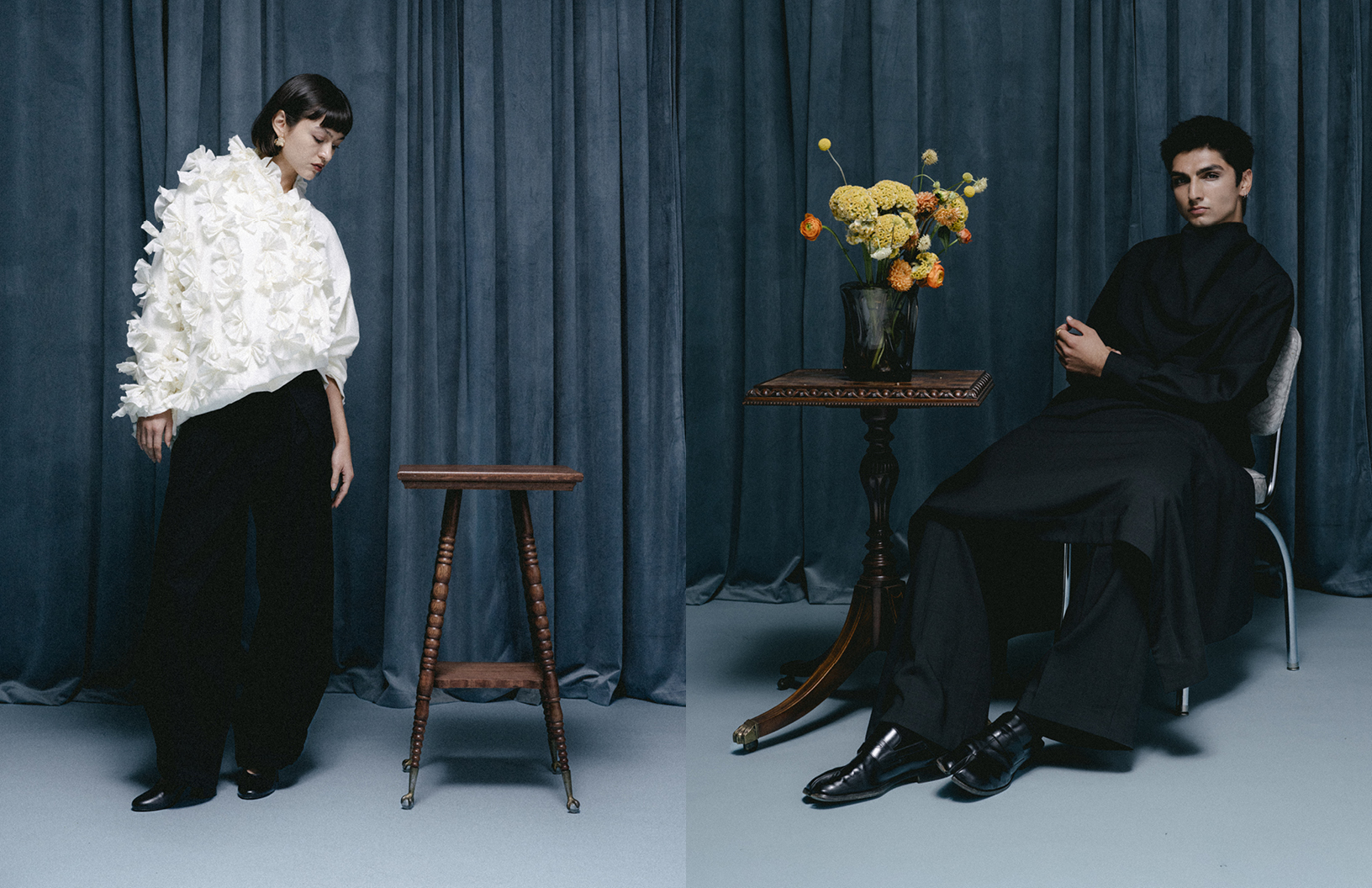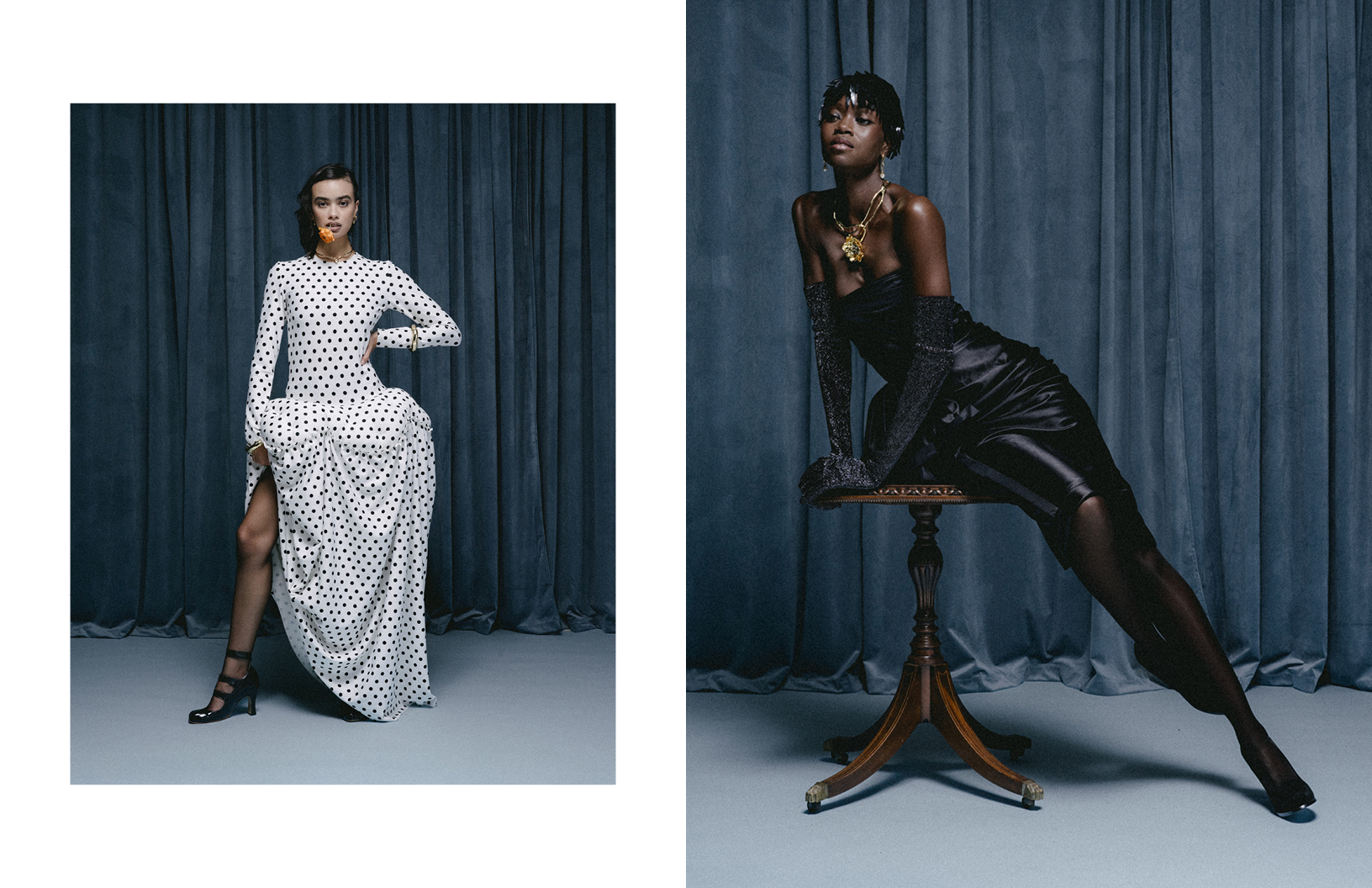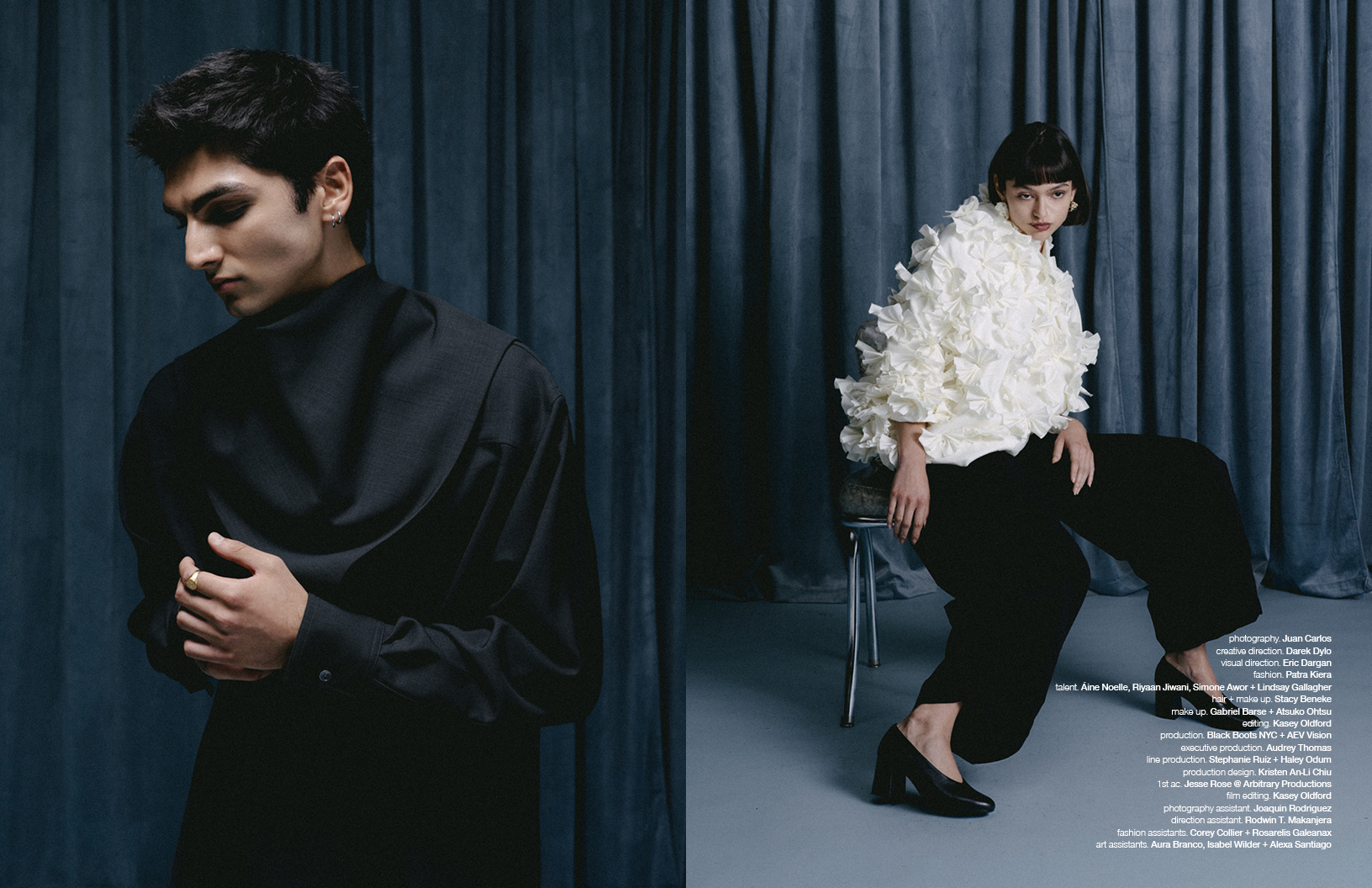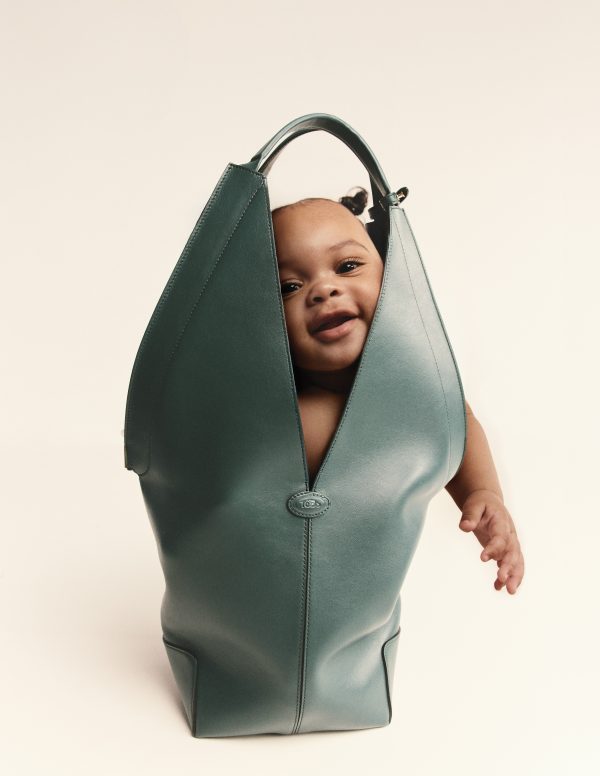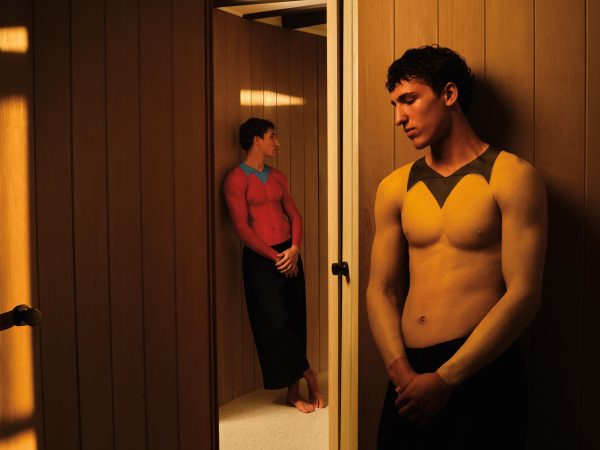What does community and collectivity mean to you? For artist Sylvia Friend, it means leading a cutting-edge and unique multimedia art and fashion atelier called Friend Studio. Community is at the center of everything that Friend Studio creates by uplifting, supporting, and reinvesting in local areas by partnering with fellow artisans and small businesses to work together. Friend Studio’s projects highlight the intrinsic value of small businesses, encouraging viewers to reflect on the connection between art, artist, and artistic expression — and why our communities are shaped by specific art and culture.
Schön! sits down with Sylvia Friend to discuss creating Friend Studio, what it’s like to foster a strong sense of community through her work, and more.
What made you want to begin Friend Studio?
I started Friend Studio while I was in college, nearly six years ago. Truthfully, at that time it was just me in an apartment painting what I thought looked cool and appealing on canvas. The concept of ‘Friend Studio’ as a full art atelier — a studio that collaborates with other local artisans globally — wasn’t fully realized until the last three years. My initial experience painting in college planted the seeds for this concept. Six years ago, I was painting just for fun, and the support I received from my local community made me feel like art was something I could pursue more seriously.
Fast forward, I started travelling a lot and discovered many small businesses and local artisans tucked away in different corners of the world. To me, one of the coolest aspects of art is highlighting community through collaboration. Supporting your local artist has always been the Friend Studio tagline. I wanted to bring that concept to life. Thus, the idea of Friend Studio was born — creating unique capsule collections that highlight different aspects of these smaller communities — all while collaborating with them to uplift their small businesses and grow my own. To me, that is the essence of the art I create: the feeling that, through this piece of work, you’re a part of something bigger.
Your capsule collections are known for their uniqueness. What is your approach to designing these limited-edition pieces, and how do they differ from your other works?
I create capsule collections that represent parts of me, drawing inspiration from communities I’ve spent time in, then adding my own flavour to construct things that I genuinely find engaging or would want myself. The garment patterns I design are informed by my artwork, which is based on the places I go and the different parts of the community that I find fascinating and choose to highlight.
As the studio grows, I envision my capsule collections expanding into other avenues that may not directly reflect traditional art but could still be seen as artistic. For example, I’m travelling to Jamaica for my next capsule collection. I have a big Jamaican family, and games have always been at the center of any family gathering. So, in addition to new paintings highlighting the community of Jamaica, the core creation of my next capsule collection will be custom Friend Studio domino sets. Ultimately, each collection is a piece of my journey, a fusion of my experiences with the vibrant cultures I encounter.
How do you select the local tailors, seamstresses, videographers, and small businesses you collaborate with? What criteria are most important to you in these partnerships?
Good question. Of course, good work is important to me, so aligning myself with small businesses and locals that produce quality work is crucial to the brand. The process of selecting these locals is very organic — it involves me spending time within the community I’m seeking to create in and forming relationships with the locals there. It’s word-of-mouth, face-to-face introductions, having conversations, understanding their goals, and figuring out how our collaboration could bring synergy to both businesses and brands. I’ve been really fortunate in creating a network of people from Los Angeles and San Diego to Malta, Finland, and Ghana who have done amazing work and introduced me to more locals along the way. In short, the criteria for partnership are simple: produce quality work and align with the Friend Studio ethos; in every sense, putting a premium on local support and small businesses nurtures the cultural and economic vitality of communities.
Can you share a specific example of how your collaboration with a local business or artisan has positively impacted their community?
Fundamentally, it’s about empowering local businesses while building my own. Ensuring that I engage local tailors, seamstresses, videographers, photographers, and others is not just about supporting their work and careers, but also about reinvesting in the community rather than outsourcing and exploiting it.
An example is our first capsule collection at Friend Studio, which was inspired by my time in Ghana. The collection featured eight large-scale paintings that stemmed from my experiences there, and importantly, the entire collection was produced locally. Samples for the initial garments were crafted by a skilled tailor in Sunyani, fabrics were printed by a local shop in Kumasi, and our models, videographers, and photographers were all local entrepreneurs based in Sunyani and Accra. The entire process unfolded within and was driven by various communities across Ghana.
At its core, Friend Studio distinguishes itself by its commitment to service and community empowerment. Our approach aims to give back more than we take, fostering collaboration and setting a standard that prioritizes impact over financial gain. The idea is that our impact extends beyond financial contributions; it’s about nurturing a culture of mutual support and shared success within the communities we engage with.
Your work seamlessly integrates multimedia art and fashion. Can you walk us through your creative process from the initial concept to the final product?
Definitely, I think so much of what I create comes from that intersection of where my personal interests meet actual opportunity. Then I get to work brainstorming how I can bring something to life and what that looks like. Looking back, I think I’ve always had this idea that creating art would be something that’s a part of my future. As a child, I would sketch out my outfits and plan them weeks in advance. In that way, Friend Studio is really a manifestation of my dreams and fantasies as a little kid.
The creative process is still very similar to that little girl—I think about what’s engaging to me, where I find interest — things like travel, basketball, tennis, comedy, games, cycling, whatever it is — and I imagine how I can bring to life what I see in my head. Sometimes that’s a painting, other times it’s a silk button-up and most recently it’s been a collaboration in Jamaica.
Your portfolio emphasizes socially relevant themes. What current social issues inspire your work, and how do you translate these themes into your art and fashion collections?
My approach is entirely community-driven and inspired. It might sound strange, but I don’t start any project with a predetermined outcome. Instead, I let my passion for community and my desire for connection guide my work. Rather than beginning a project with the goal of addressing a specific social issue, I focus on marrying my skills with anything else I have to offer, aiming to occupy space within the communities that inspire me. It’s less about me trying to highlight issues and more about them sharing the beautiful parts of their lives with me. This exchange is what truly inspires and drives my work. I am grateful that my work often results in reinvestment in these communities, but I can’t take full credit. The imagination and inspiration come from the communities themselves.
How do the cultural backgrounds of the local partners you work with influence the aesthetic and thematic elements of your projects?
I’m very conscious about not appropriating other cultures’ aesthetics, which is why it’s crucial for me to maintain my own sense of artistic style. That said, the content and inspiration of my pieces are wholeheartedly driven by collective efforts. The participation of local partners in consulting on my vision is a permission I take very seriously and always strive to honour.
I grew up in a small town and have naturally placed a premium on community. When I enter new environments, I gravitate toward places and things that evoke a strong sense of belonging, akin to the community-based feeling I’m familiar with. So, when it comes time to create, I highlight those places and experiences, aiming to translate them into my work. For instance, in my first capsule collection, I wanted to highlight spaces within Ghana that fostered a sense of community, places where people gather, share stories, and engage in commerce. These spaces became the foundation of my work. I really try to turn these communal experiences into tangible, usable pieces that reflect the sense of safety, familiarity, and belonging that I know.
While my personal style remains consistent, the content of each piece is deeply rooted in the places I work with. Having a collaborative process ensures that my work is not just inspired by, but also a tribute to, the unique cultural backgrounds of my local partners. Their influence is integral to my creations, blending their essence with my vision to produce something truly reflective of both our contributions.
What legacy do you hope to leave in the communities you work with?
I actually think about going back to my hometown a lot and opening up a diversity center or some kind of community space for the arts, especially since our high school lost its arts programs when I was younger. But honestly, the idea of leaving a legacy makes it sound like I’m the one making a big impact. In reality, it’s the other way around.
I don’t really think about what legacy I want to leave. Instead, I focus on what I can offer. My work thrives on collaboration with people who are different from me. I think about how Paul Simon’s Graceland album came to life only through his exposure to South African musicians—my work is deeply influenced by the people and places I connect with. I’m not trying to fix anyone or any place. My presence is more about offering something, soaking in the beauty, strength, resilience, and love I find. I want to share this with others and create something amazing together. The legacy I hope to leave is one of mutual respect and inspiration, rooted in the traditions and strengths of the environments that inspire me.
How do you see the role of fashion evolving in the context of contemporary art, and where does Friend Studio fit within this evolution?
I see fashion and contemporary art merging more than ever. The idea that they’re separate feels outdated to me. Fashion has always been a part of contemporary art, and now that connection is becoming more apparent. Friend Studio focuses on cultural bridging, sharing values, and communicating through the pieces we create. Growing up and becoming adults in such uncertain times, we’re realizing that many solutions to our social issues already exist and have been passed down for generations. Contemporary art and fashion play a crucial role in bringing these solutions to light.
In today’s world, the products we buy often introduce us to new ideas and cultures. A shirt can become a powerful way to engage with behaviours and traditions we might not be familiar with. It’s about finding respectful and genuine ways to connect with something new and important, supporting communities, and celebrating joy and resilience. Friend Studio aims to be a conduit for this kind of transaction. We want our work to be a vehicle for engaging with these rich, diverse traditions and values, helping people see and appreciate the beauty and solutions already present in different cultures.
To what extent do you consider your work a form of activism, and what specific causes are you passionate about advocating through your art and fashion?
I consider my work to be a form of activism in the sense that it actively seeks to uplift and empower local communities. By collaborating with small businesses and artisans, I’m advocating for economic sustainability and cultural preservation. At its core, this is the purpose and power of artwork—to highlight voices and stories that might otherwise go unheard. I grew up in a small community myself and recognize the value of craftsmanship, the importance of community, and the beauty of cultural diversity and hope that, through my work and passion for my projects, that continues to be emphasized.
Each piece I create is a testament to the individuals and cultures I encounter. It’s a way of saying that their stories, skills, and traditions matter. My work aims to challenge the homogenization brought about by mass production and instead celebrates the uniqueness and authenticity of local artisanship. Supporting small businesses is, in itself, a stand against the overwhelming dominance of global corporations that often overlook the richness of local cultures.
Ultimately, my activism is about connection—connecting people with the stories behind the art, connecting communities with broader audiences, and connecting myself with the world in a meaningful way. By focusing on these connections, I hope to inspire others to see the value in supporting and preserving the cultural and economic vitality of small communities.
While your focus is on local collaboration, how do you navigate and incorporate global influences and trends into your work without compromising your core values?
I try not to pay too much attention to trends as I create. My inspiration primarily comes from things that I, myself, find cool, unique, or significant to the spaces I occupy. I recognize that living in the twenty-first century, we can’t fully escape the influence or demand of popular culture. However, I believe that within the smaller communities I enter, there is less of that pervasive influence. This allows me the time and space to reflect on what I personally find appealing and how I envision my work showing up and in what capacity—not replicating a trend I don’t even really like, but inspired by the space I’m in and reflecting a certain creative period in my own life. To be honest, I think that’s one of the more fascinating parts of my artwork, being able to look at a painting and remember exactly what I was thinking, feeling, where I was, who was around me, and which person helped me bring that piece of art to life.
Rick Rubin said something that has always stuck with me as a creator: “If I like something, as an artist — that’s all of the value. Success comes when you say, I like this enough for other people to see it. Not, other people like it so it’s successful. That doesn’t mean anything because other people liking it is out of your control.” That line is pretty foundational to my creative process. So then it becomes, how can I immerse myself in these cultures and let their essence guide my creative process? By focusing on what genuinely resonates with me, I ensure that my work remains authentic and true to the core values of Friend Studio, all while subtly weaving in global influences in a way that enhances rather than overshadows the local spirit.
Learn more about Friend Studio at friendatstudio.com.
photography. Bella Lopez
art direction. Bella Lopez + Sylvia Friend
stylist. Kaylea Danielian
model. Chidiogo A., Kya Seals, Jordan Wooten + Elijah Scott
make up. Summer Aria
gaffer. John Landry
location. Hangers Laundry, Marina del Rey






























































